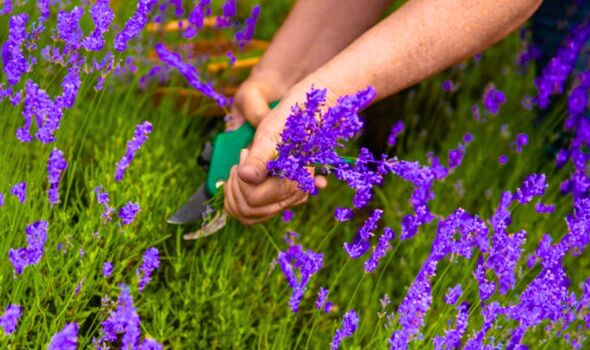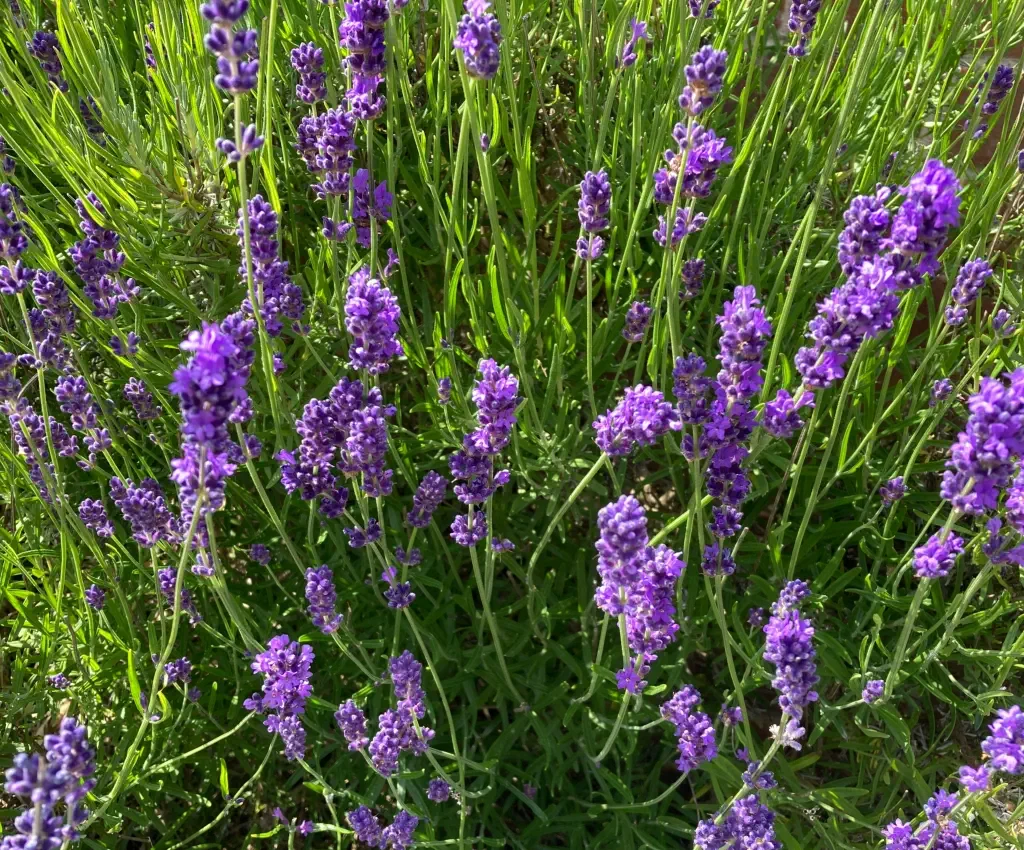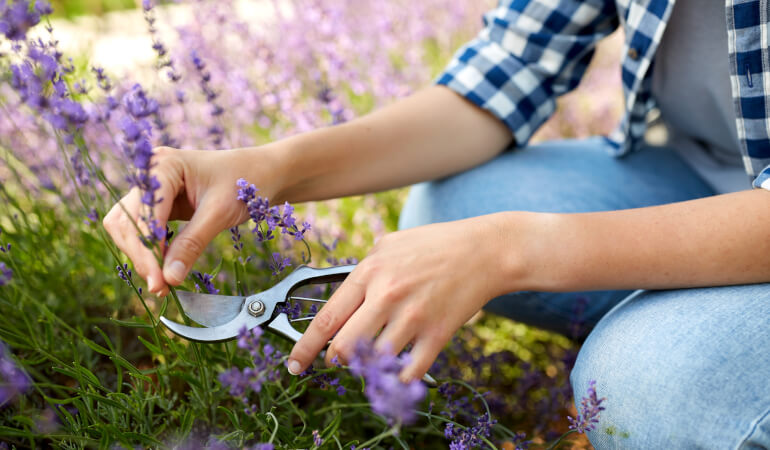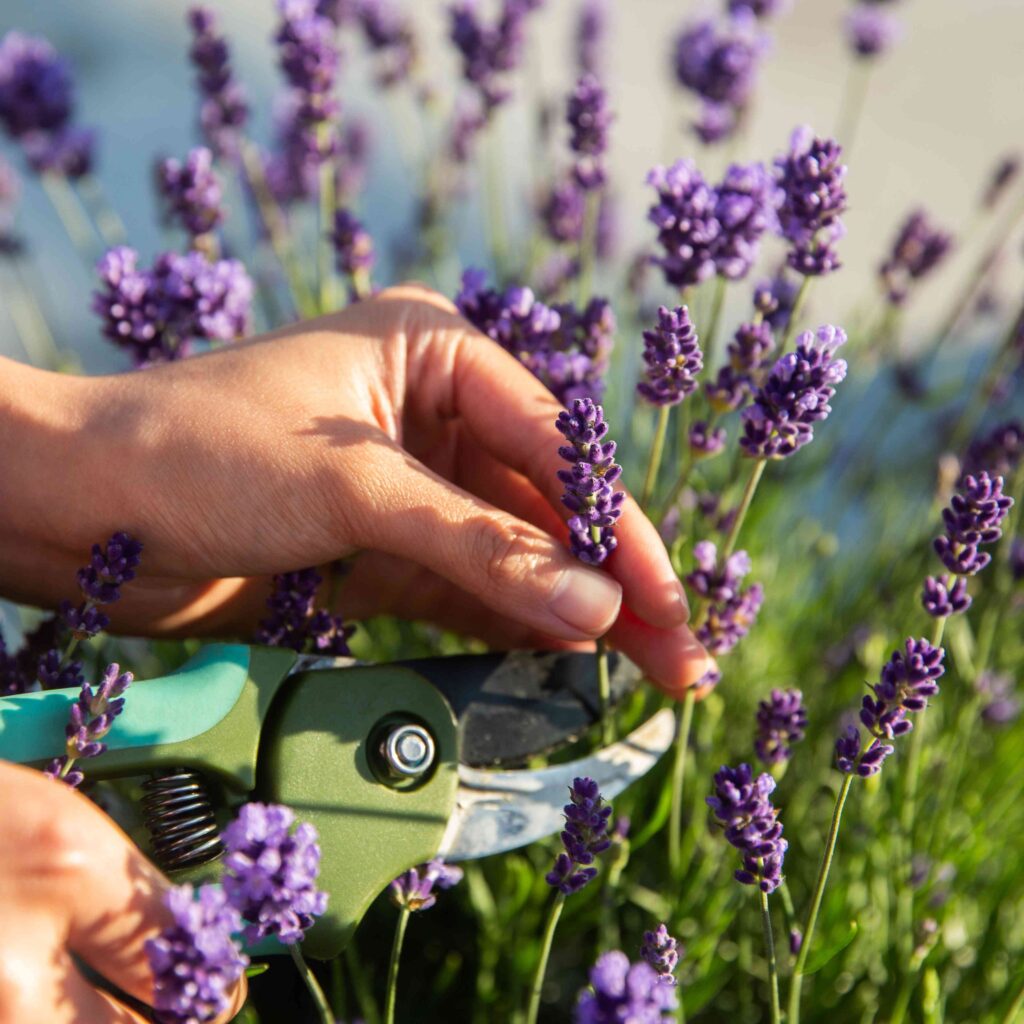Lavender is one of the most beloved plants in home gardens, prized for its soothing fragrance, elegant purple blooms, and versatility in landscaping and herbal use. Whether grown for culinary recipes, medicinal teas, natural sachets, or simply its ornamental charm, lavender is a plant that rewards attentive care — and one of the most important tasks for keeping it healthy and beautiful is pruning.
Many gardeners, especially beginners, hesitate when it comes to trimming their lavender plants, unsure of the right timing or technique. Yet, pruning is essential to maintaining a strong, attractive plant that blooms reliably year after year. In this article, we’ll explore in depth what is the best time to prune lavender, why it matters, how to do it correctly, and the long-term benefits for your garden.
Why Pruning Lavender Is Important

Before discussing when to prune, it’s vital to understand why pruning matters for lavender:
- Prevents plants from becoming woody and leggy
- Encourages bushier, denser growth
- Promotes abundant flower production
- Extends the lifespan of the plant
- Maintains a neat, compact shape
Lavender plants that aren’t pruned regularly tend to grow spindly with an open center, produce fewer blooms, and develop woody, brittle stems that are vulnerable to splitting and disease.
When Is the Best Time to Prune Lavender?

The ideal time to prune lavender depends on the plant’s age, climate, and growth stage. However, most experts agree that lavender should be pruned twice a year for best results: once in spring and again in late summer or early fall.
Spring Pruning (Primary Pruning)
When:
- Early to mid-spring, just as new green growth starts to emerge at the base of the plant.
- In cooler regions, this is typically March to April.
- In warmer areas, it may be late February to early March.
Why It’s Important:
Spring pruning removes any winter damage, tidies up the plant, and stimulates fresh, compact growth ahead of the flowering season.
How Much to Prune:
- Trim back about one-third of the plant’s total height, avoiding cutting into the woody base.
- Always leave several green leaf nodes on each stem to ensure regrowth.
Tips:
- Use clean, sharp pruning shears.
- Remove any dead, damaged, or frost-bitten branches.
- Shape the plant into a tidy, rounded mound.
Late Summer or Early Fall Pruning (Post-Bloom Pruning)
When:
- Immediately after the main flowering period ends.
- In most regions, this is late July through September.
- Avoid pruning too late in fall, as tender new growth may not survive winter frosts.
Why It’s Important:
Removing spent flower stalks keeps the plant tidy, prevents self-seeding, and encourages a second flush of blooms in some varieties. It also helps maintain the plant’s shape and reduces the risk of fungal diseases.
How Much to Prune:
- Trim off the spent flower stalks and about one-quarter to one-third of the new growth.
- Be cautious not to cut into the woody base.
Tips:
- Cut stems back to a couple of inches above the woody part of the plant.
- Leave enough green foliage to support the plant through winter.
- Avoid severe pruning at this time.
What Happens If You Don’t Prune Lavender?
Neglecting to prune lavender has several consequences:

- The plant becomes leggy and straggly with an open, uneven shape.
- Fewer flowers are produced each year.
- Stems become excessively woody, leading to splitting and increased disease risk.
- The plant’s lifespan shortens significantly.
In short: Regular pruning keeps your lavender beautiful, productive, and healthy for many years.
How to Prune Different Types of Lavender
There are several lavender species commonly grown in home gardens, each with slightly different pruning needs.
English Lavender (Lavandula angustifolia)
- Most cold-hardy type.
- Benefits from spring and late-summer pruning.
- Trim back spent blooms and one-third of new growth.
French Lavender (Lavandula dentata)
- Less cold-hardy, grows well in mild, coastal climates.
- Prune lightly throughout the growing season to maintain shape.
- Avoid heavy pruning in fall, especially in colder areas.
Spanish Lavender (Lavandula stoechas)
- Early bloomer, ideal for Mediterranean-style gardens.
- Deadhead regularly after flowering.
- Light pruning in spring is recommended; avoid severe pruning.
Lavandin (Lavandula x intermedia)
- A hybrid of English and Portuguese lavender.
- Requires two prunings per year: once in spring and again after flowering.
- Can be trimmed back more heavily than other types due to vigorous growth.
Step-by-Step Lavender Pruning Guide

Tools You’ll Need:
- Clean, sharp hand pruners or garden scissors
- Disinfectant to sterilize blades between plants (to prevent disease spread)
Pruning Steps:
- Wait for new growth in spring before making cuts.
- Remove dead or damaged stems first.
- Trim the plant into a rounded mound shape.
- Cut stems back to just above a set of green leaves.
- In late summer, remove spent flower stalks and lightly trim excess foliage.
- Avoid cutting into the old, woody base — this won’t regenerate.
Additional Tips for Pruning Success

- Monitor plant health: Prune away any diseased or insect-infested branches immediately.
- Use gentle shaping trims throughout the season for ornamental hedges or borders.
- Harvest lavender flowers by snipping stalks just as buds begin to open, which also functions as a light prune.
- Avoid over-pruning young plants: In their first year, prune only lightly to encourage root establishment.
Long-Term Benefits of Pruning Lavender
Regular pruning offers several lasting advantages:
- Enhances flower production
- Prevents plant splitting and lodging
- Keeps plants neat, compact, and visually appealing
- Extends plant lifespan
- Improves air circulation, reducing the risk of fungal diseases
Conclusion
Pruning lavender isn’t just a maintenance chore — it’s a key practice that directly affects your plant’s health, beauty, and productivity. The best time to prune lavender is twice yearly: once in early spring to remove winter damage and shape the plant, and again in late summer or early fall after flowering to tidy up and prepare it for winter.
By following these practical guidelines, selecting the correct pruning times for your specific lavender variety, and using clean, sharp tools, you can ensure your lavender plants remain lush, fragrant, and full of blooms for years to come. Whether you’re growing a few potted plants on a balcony or cultivating a sprawling lavender hedge, regular, timely pruning will help you make the most of this beautiful and useful herb.





